From Santa Marta, we took the bus to Cartagena and completed our circuit of Colombia. This was our second visit to Cartagena on our journey around South America this year and our fourth in all. We first went to Cartagena back in 1989 when it was effectively a totally different city and Colombia as a whole today is unrecognisable from back then. Today Cartagena is well and truly one of South America’s premier tourist destinations and on each new visit yet more areas of the city have been gentrified and improved.
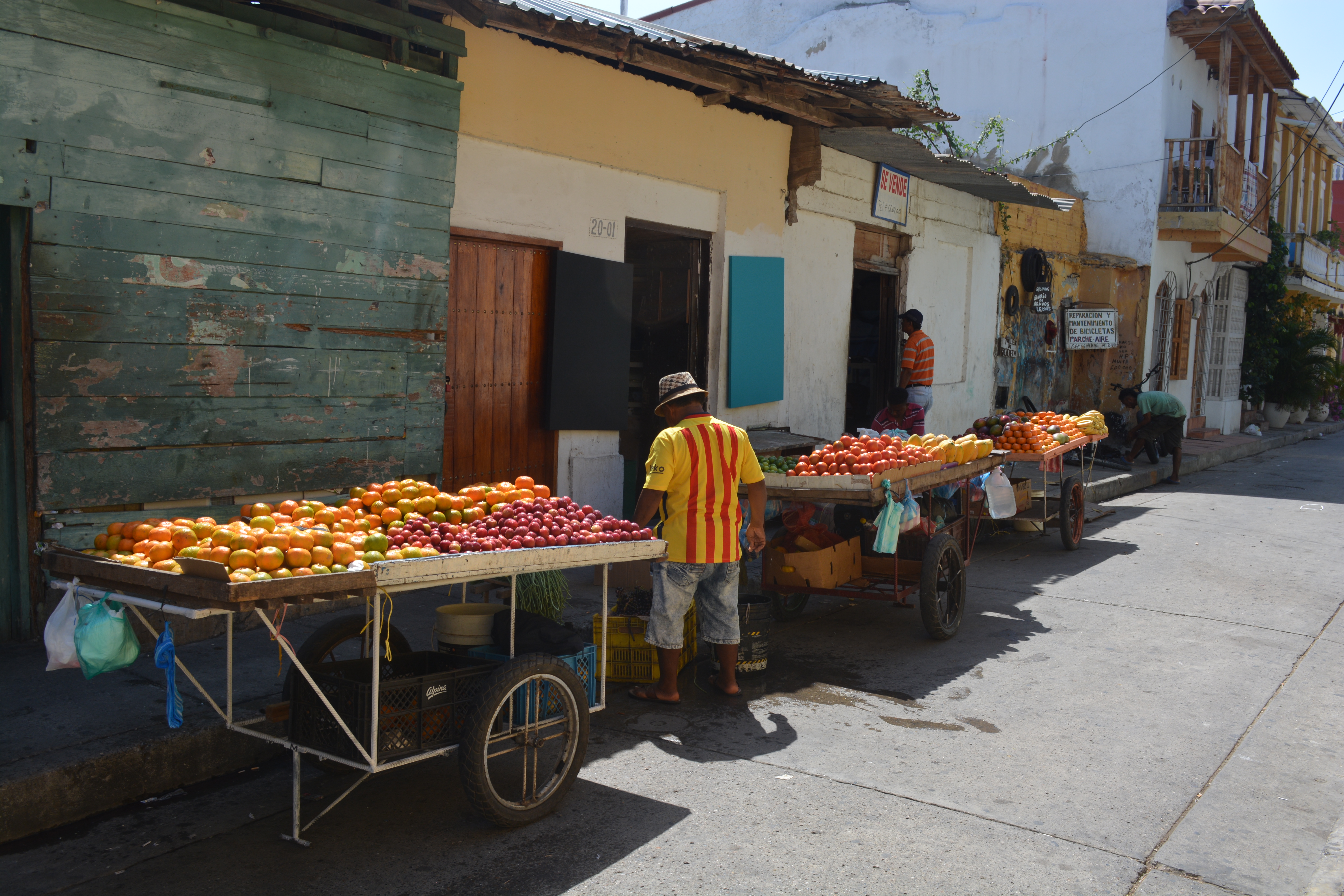 While Cartagena is right on the Caribbean cruise circuit, in the run up to Christmas, by far the majority of visitors were Colombians. The city was getting ready for Christmas, with all the streets having Christmas lights suspended between the houses and the monuments all lit up – the old clock tower looked almost like a large Christmas tree in all the fairy lights. On the Sunday night many locals also joined the crowds in the streets, enjoying the Christmas atmosphere and visiting Santa Claus in the lighted tunnel set up in the Plaza de de Aduana. Indeed it was very pleasing to experience Cartagena with principally local visitors rather than a sanitised Disneyland experience that at times it is in danger of becoming.
While Cartagena is right on the Caribbean cruise circuit, in the run up to Christmas, by far the majority of visitors were Colombians. The city was getting ready for Christmas, with all the streets having Christmas lights suspended between the houses and the monuments all lit up – the old clock tower looked almost like a large Christmas tree in all the fairy lights. On the Sunday night many locals also joined the crowds in the streets, enjoying the Christmas atmosphere and visiting Santa Claus in the lighted tunnel set up in the Plaza de de Aduana. Indeed it was very pleasing to experience Cartagena with principally local visitors rather than a sanitised Disneyland experience that at times it is in danger of becoming.
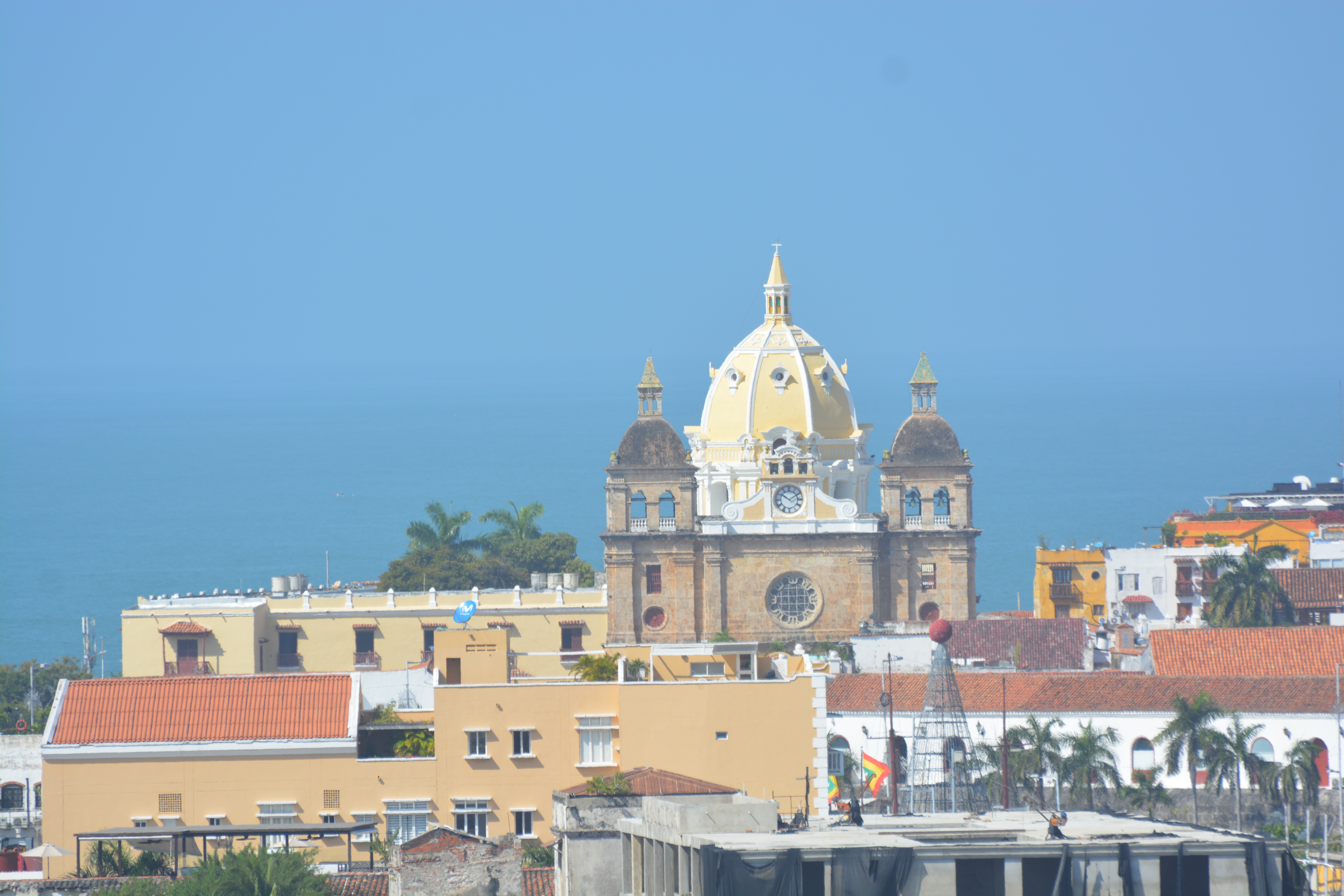 All the principal churches were open and ready for Christmas, with their Christmas trees, nativity scenes and regular well attended services. It was somewhat strange hearing the European carols with their winter and snow images in temperatures of 35 degrees and clear blue sunny skies. Religion in Colombia, like Brazil beforehand still plays a large role in Colombian society and attracts all generations.
All the principal churches were open and ready for Christmas, with their Christmas trees, nativity scenes and regular well attended services. It was somewhat strange hearing the European carols with their winter and snow images in temperatures of 35 degrees and clear blue sunny skies. Religion in Colombia, like Brazil beforehand still plays a large role in Colombian society and attracts all generations.
 Cartagena has many shops selling jewellery, gold, silver and emeralds at reasonably attractive prices to visitors, though it is noticeable that the prices go up when there is a cruise ship in port. Many of the staff working in the shops, bars and restaurants are Venezuelan, having escaped the economic disaster of that country and have found work to support themselves. The ability of the Venezuelans refugees to work legally and support themselves in Colombia, and indeed many of the other South American countries is a really positive thing and helps avoid some of the tensions and difficulties that refugees in Europe and elsewhere experience. Of course it is really sad for Venezuela, but the attitude in Colombia is that the Venezuelans were supportive of Colombia in its time of need with the drug fuelled insurgency so by reciprocating help to the Venezuelans in their time of need is the least that they can do.
Cartagena has many shops selling jewellery, gold, silver and emeralds at reasonably attractive prices to visitors, though it is noticeable that the prices go up when there is a cruise ship in port. Many of the staff working in the shops, bars and restaurants are Venezuelan, having escaped the economic disaster of that country and have found work to support themselves. The ability of the Venezuelans refugees to work legally and support themselves in Colombia, and indeed many of the other South American countries is a really positive thing and helps avoid some of the tensions and difficulties that refugees in Europe and elsewhere experience. Of course it is really sad for Venezuela, but the attitude in Colombia is that the Venezuelans were supportive of Colombia in its time of need with the drug fuelled insurgency so by reciprocating help to the Venezuelans in their time of need is the least that they can do.
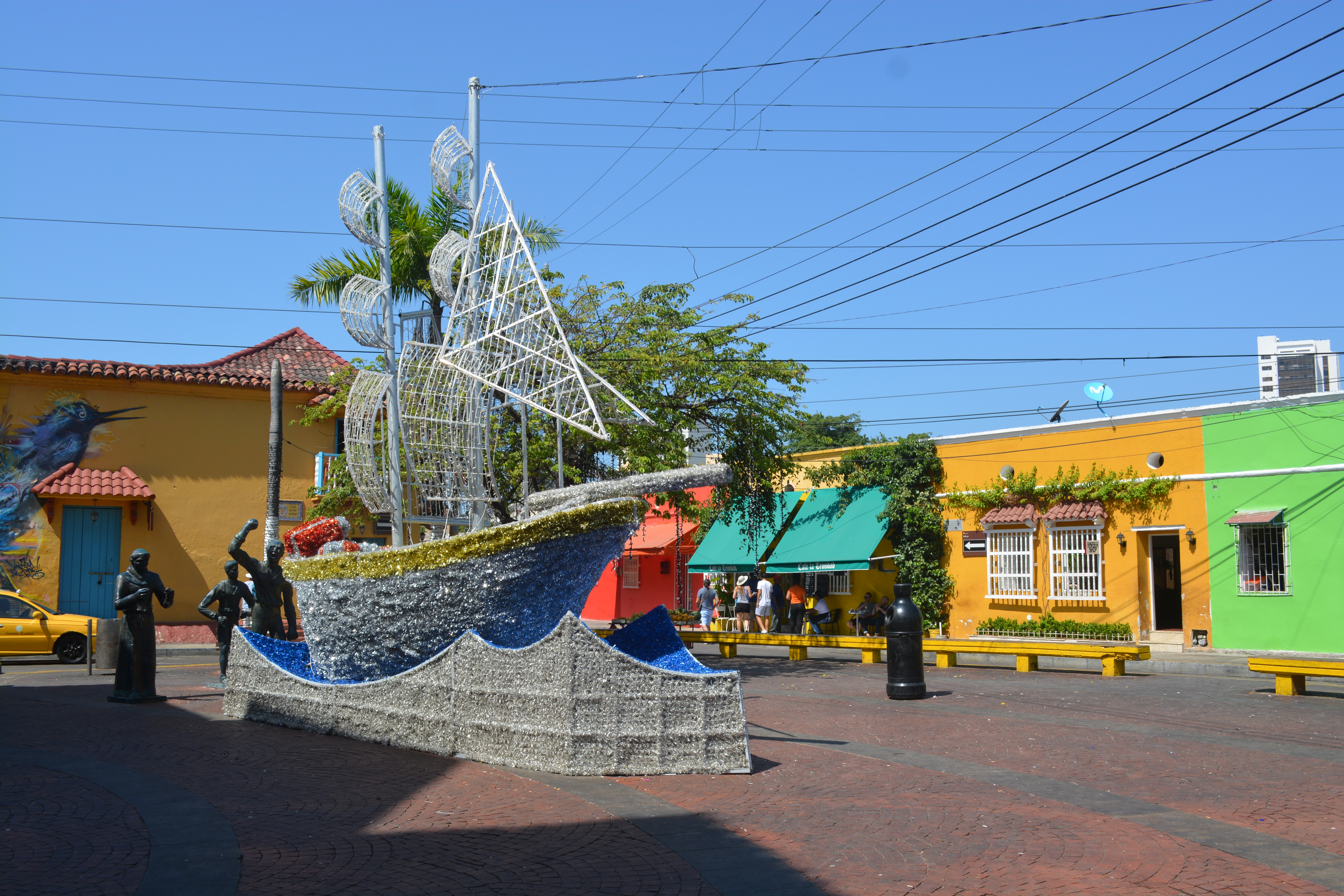 Probably the most noticeable change in Cartagena since our visit earlier this year is the continuing development of the Getsemani district. Indeed the areas around El Pozo and Plaza de la Trinidad are almost like parts of the old historic centre, with all the buildings smartly painted, benches in the open spaces for locals and visitors to simply sit down and enjoy watching life go on.
Probably the most noticeable change in Cartagena since our visit earlier this year is the continuing development of the Getsemani district. Indeed the areas around El Pozo and Plaza de la Trinidad are almost like parts of the old historic centre, with all the buildings smartly painted, benches in the open spaces for locals and visitors to simply sit down and enjoy watching life go on.
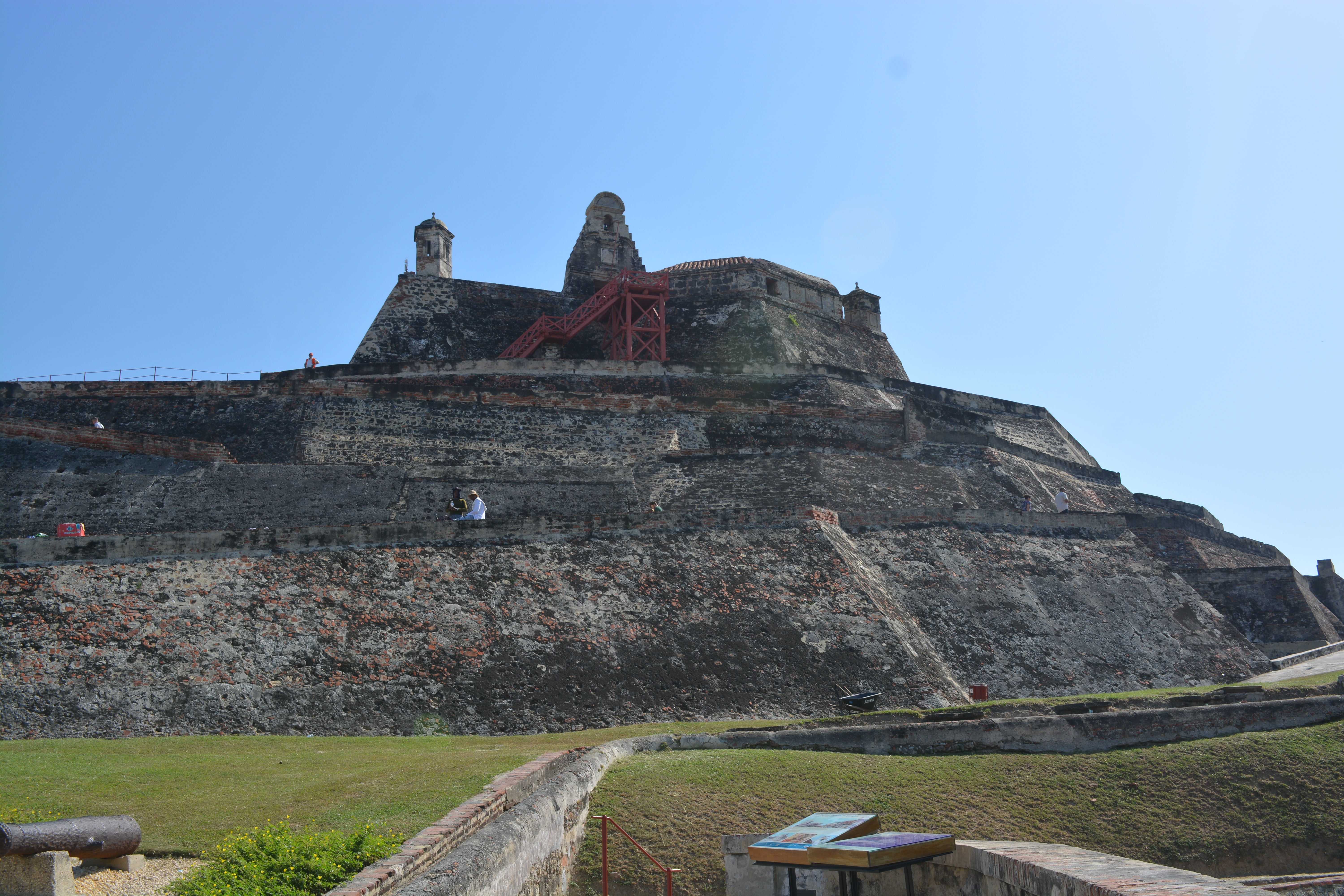 In all Cartagena continues to be one of the gems in any trip to both Colombia and indeed the whole of South America. The bright colours of the old colonial buildings, the virtually complete set of fortified city walls and the impregnable old fort at Castillo San Felipe de Barajas all set off against the blue skies and Caribbean seas make for a photographers dream and a great holiday destination.
In all Cartagena continues to be one of the gems in any trip to both Colombia and indeed the whole of South America. The bright colours of the old colonial buildings, the virtually complete set of fortified city walls and the impregnable old fort at Castillo San Felipe de Barajas all set off against the blue skies and Caribbean seas make for a photographers dream and a great holiday destination.
Date: 15/12/2018 to 18/12/2018
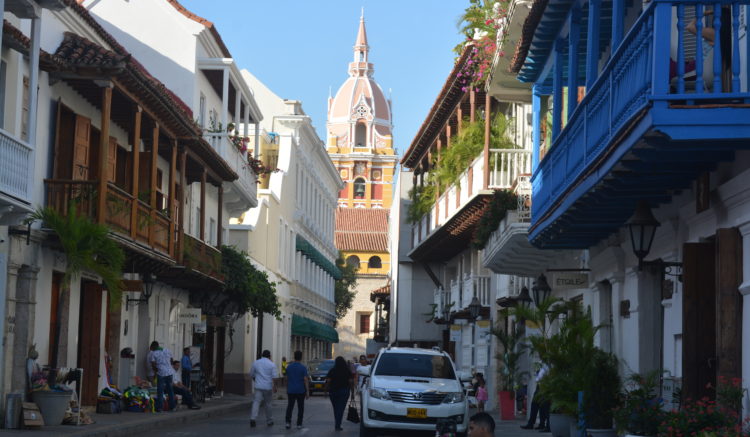
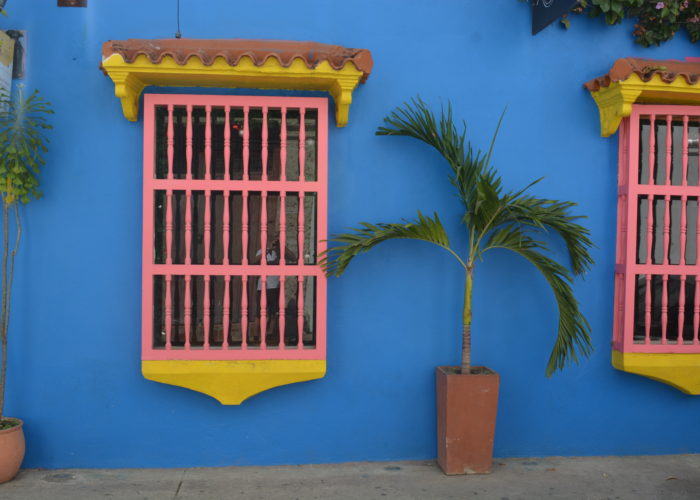
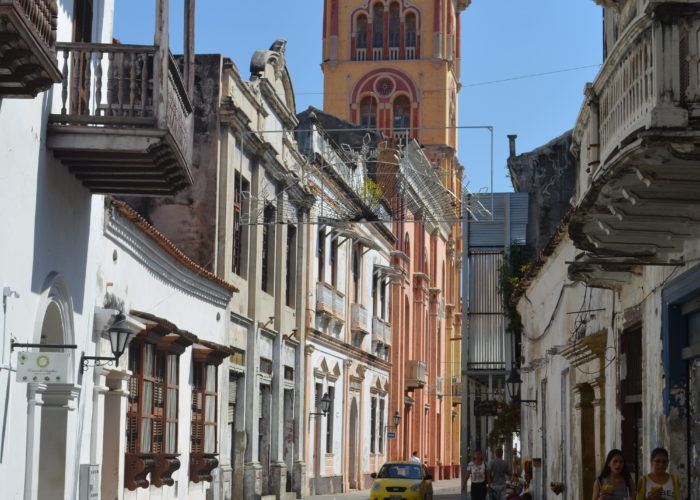
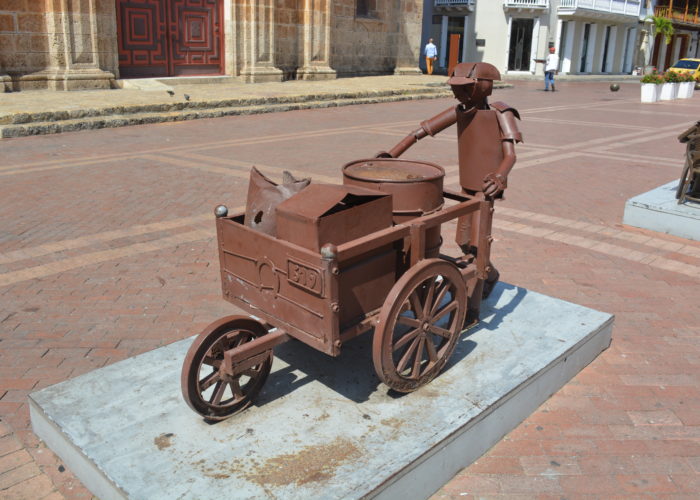
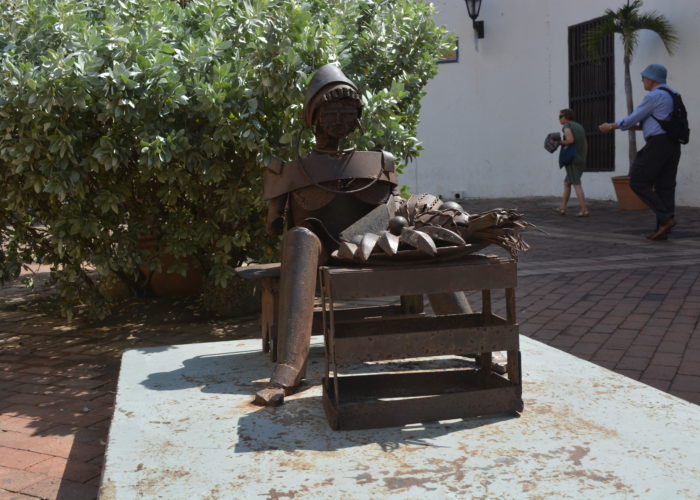
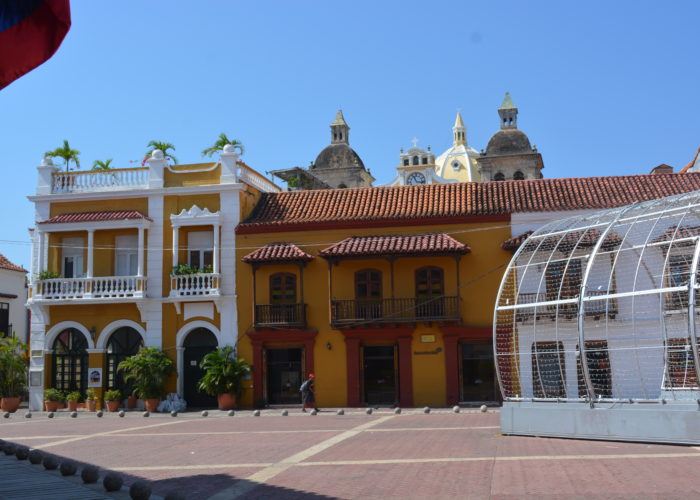
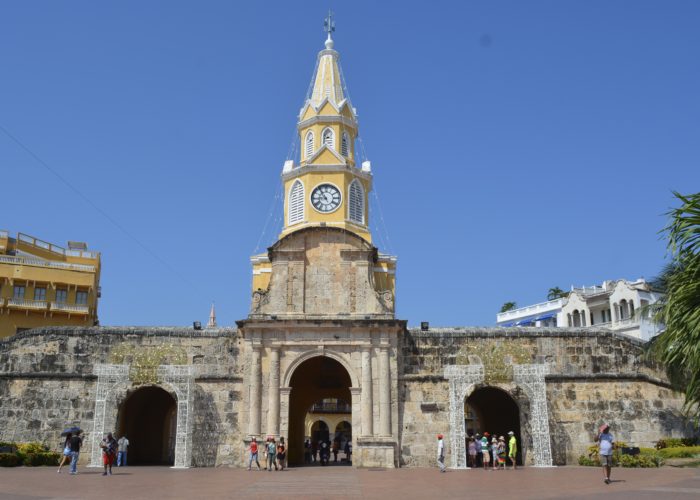
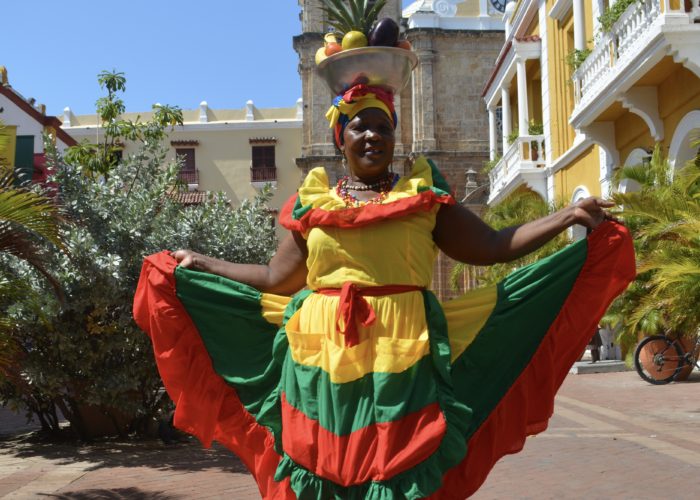
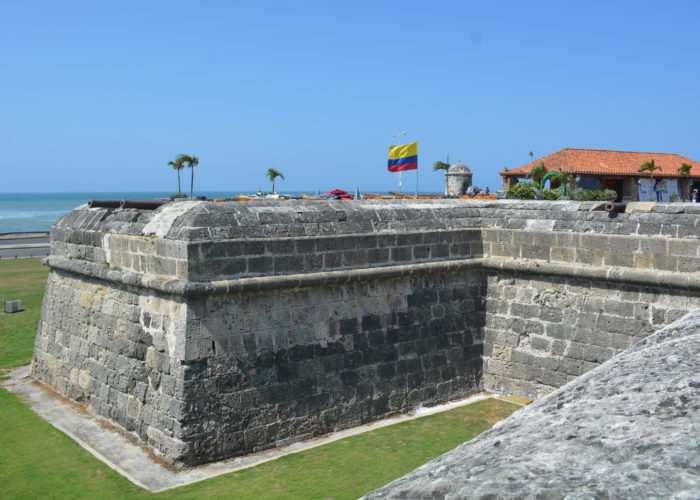
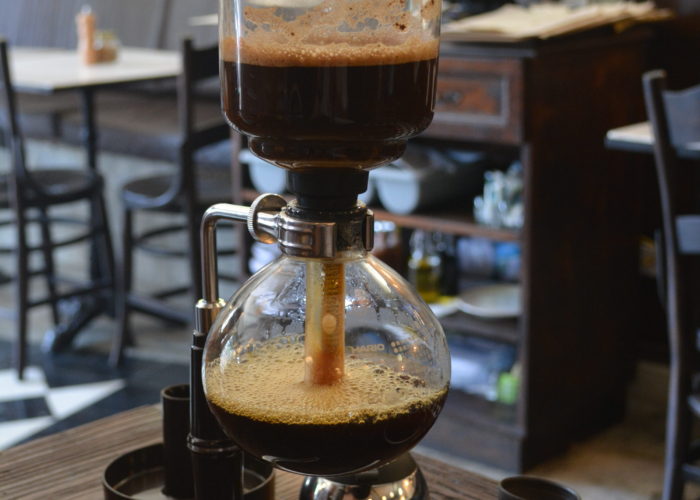
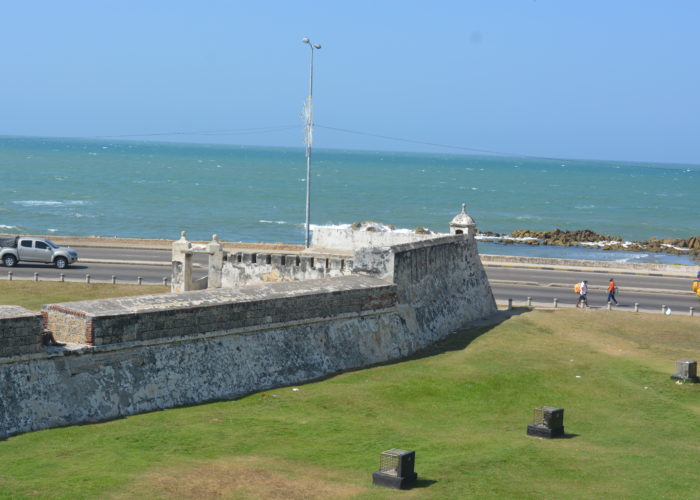
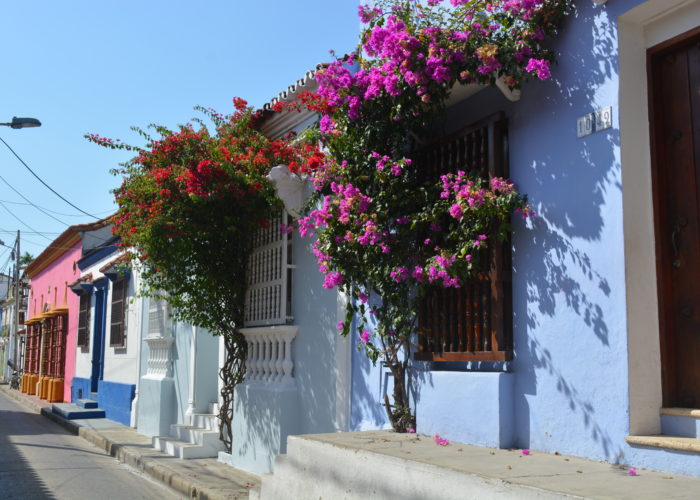
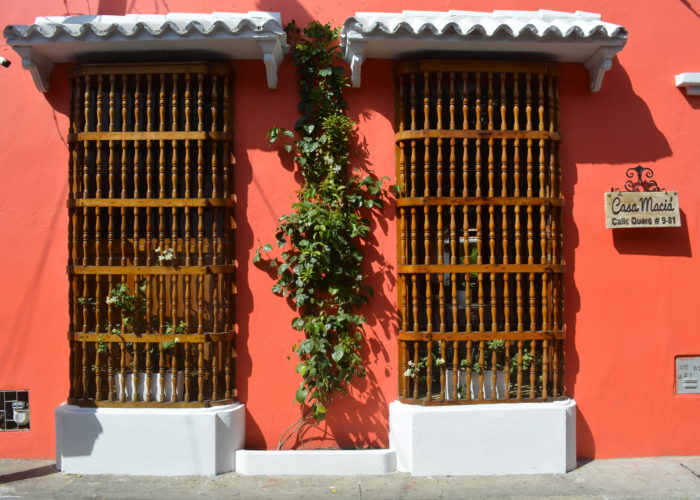
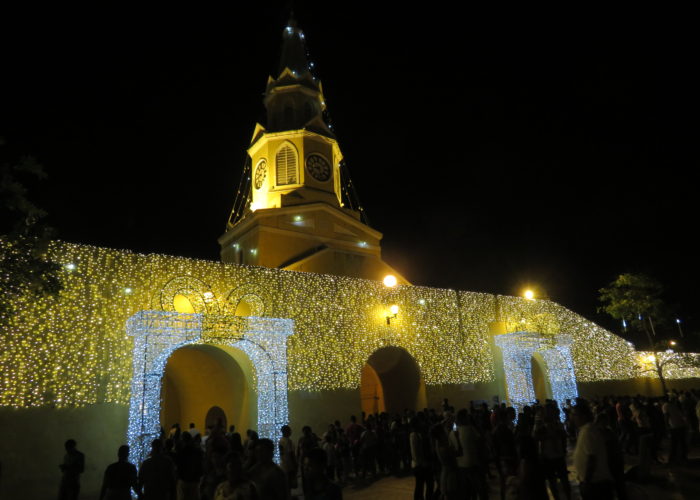
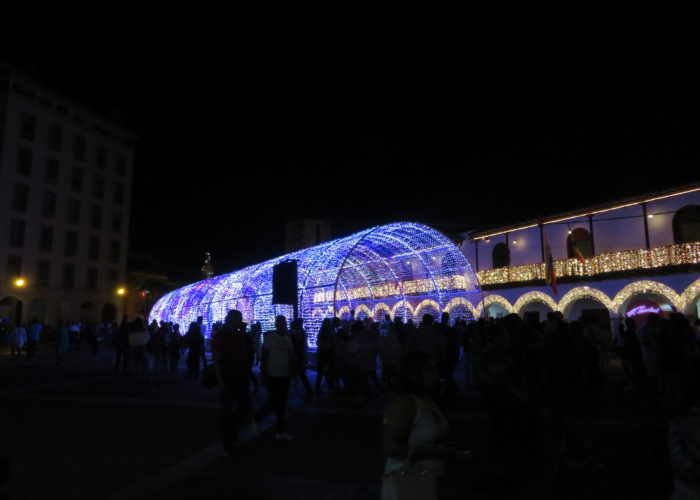


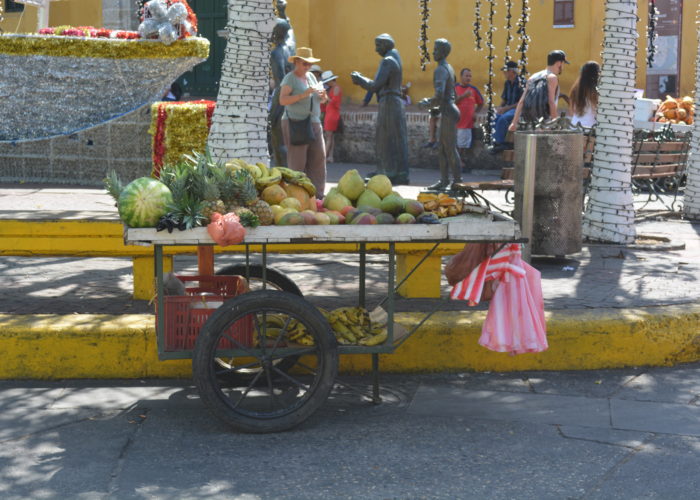
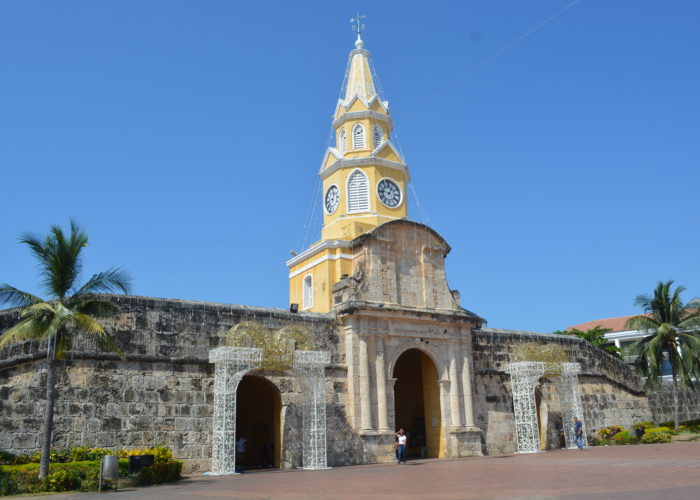
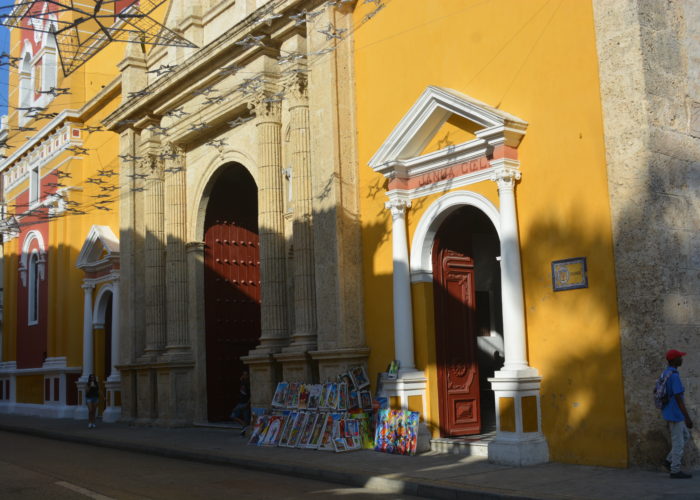
You make me want to visit.